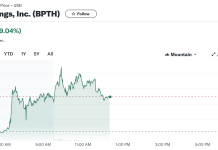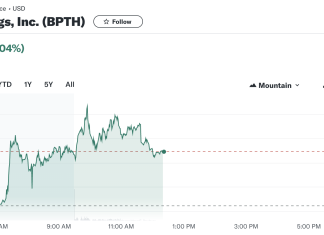Soligenix Inc. (NASDAQ: SNGX) has announced that the US FDA has issued its drug candidate hypericin an Orphan Drug Designation for treatment of T-cell lymphoma. The grant extends the indication of hypericin beyond the previous grant for cutaneous T-cell lymphoma (CTCL).
Orphan drug status to allow Soligenix to enjoy certain benefits
The United States Orphan Drug Act was created to help and encourage firms to create effective and safe treatments for uncommon diseases and disorders. Besides the seven years of market exclusivity following final FDA approval, orphan drug designation allows Soligenix to take advantage of a variety of regulatory and financial benefits, including government grants for clinical trials, waivers of costly FDA user fees for New Drug Application (NDA) submission, and specific tax credits.
The company’s CEO Christopher J Schaber said, “The FDA’s decision to grant and expand our hypericin orphan drug designation beyond CTCL signifies an important step for Soligenix as we continue to advance the program toward NDA filing in the first half of 2022. HyBryte’s biologic activity was clearly demonstrated in the positive Phase 3, pivotal FLASH (Fluorescent Light Activated Synthetic Hypericin) study in patients suffering with early stage CTCL. The marketing exclusivity that this broadened orphan drug designation imparts adds significantly to the existing patent estate surrounding hypericin.”
Synthetic hypericin triggered by visible light
HyBryte (SGX301) is a proprietary photodynamic treatment that activates with visible light. Synthetic hypericin, the main ingredient in HyBryte, is a strong photosensitizer administered topically to skin lesions, which malignant T-cells take up and are then triggered by visible light 16 to 24 hours later, causing cell death. The use of red-yellow visible light can reach deeper into the skin relative to UV and potentially treat deeper skin diseases and denser plaques and lesions. In addition, the therapeutic method minimizes the risk of subsequent cancers associated with traditional DNA-damaging medicines and other UV-based phototherapy.















